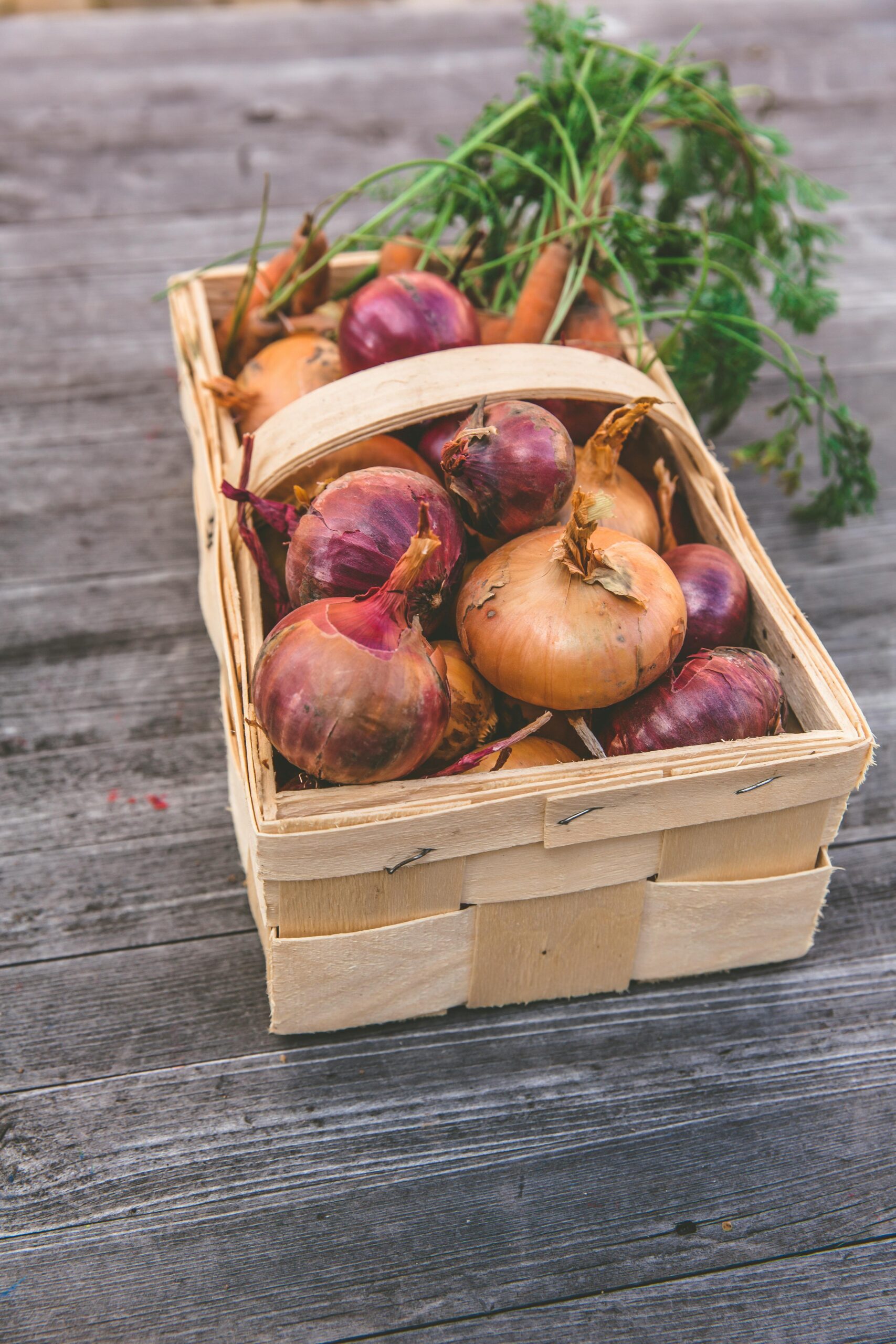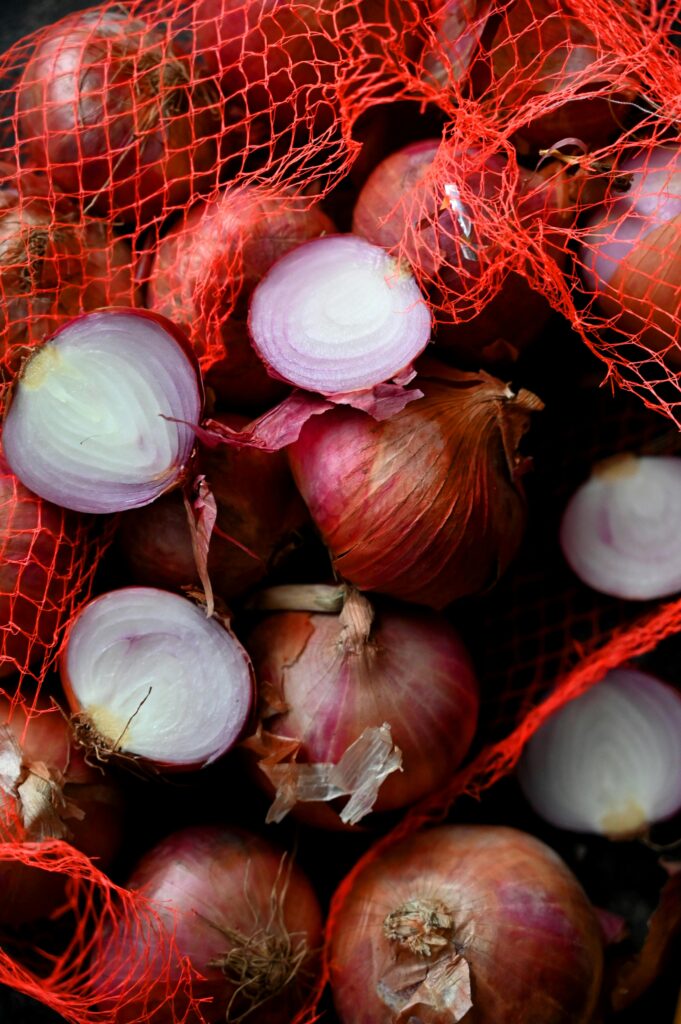Table of Contents
ToggleExporting Onions from India: Navigating Global Markets
India is one of the largest producers and exporters of onions globally, contributing significantly to the international supply of this essential vegetable. Indian onions are known for their pungency, flavor, and long shelf life, making them highly sought after in global markets. Exporting onions from India requires an in-depth understanding of product varieties, Harmonized System (HS) codes, regulatory requirements, and export procedures. This article provides a comprehensive guide on exporting onions from India, covering product types, HS codes, and key steps in the export process.

Types of Onion Products in India with HS Codes
India produces various types of onions that cater to different market needs, including fresh, dehydrated, and processed forms.
1. Fresh Onions
Fresh onions are the most widely exported onion products from India. They are popular in countries across Asia, the Middle East, and Europe.
HS Codes for Fresh Onions:
07031010 – Fresh or Chilled Onions
2. Dehydrated Onions
Dehydrated onions are widely used in food processing industries due to their longer shelf life and convenience. They are mainly exported to Europe and North America.
HS Codes for Dehydrated Onions:
07122000 – Dehydrated Onions (Whole, Cut, Sliced, Broken, or Powdered)
3. Onion Powder
Onion powder is another processed form widely used in seasoning and spice mixes.
HS Code for Onion Powder:
07122000 – Onion Powder
4. Organic Onions
With increasing demand for organic produce, organic onions are gaining popularity in health-conscious markets.
HS Code for Organic Onions:
07031010 – Organic Fresh Onions
07122000 – Organic Dehydrated Onions
Major Onion Producing States in India
India’s onion production is concentrated in several key states known for their high-quality output. The major onion-producing states include:
Maharashtra – The largest onion-producing state, contributing to around 30% of India’s total production
Karnataka – Known for its high-quality red onions
Madhya Pradesh – Major contributor to onion exports
Gujarat – Famous for white and red onions
Rajasthan – Produces onions with long shelf life
Uttar Pradesh – Supplies onions to both domestic and international markets
Tamil Nadu – Significant producer of small-sized onions (shallots)

Steps to Export Onions from India
Exporting onions from India involves several steps to comply with government regulations and ensure quality standards.
1. Registration with APEDA
The Agricultural and Processed Food Products Export Development Authority (APEDA) is the primary regulatory body for onion exports. Exporters must register with APEDA to obtain a Registration-Cum-Membership Certificate (RCMC).
2. IEC Code
Exporters must obtain an Import Export Code (IEC) from the Directorate General of Foreign Trade (DGFT) to engage in commercial export activities.
3. Quality Certification
Quality inspection and certification from APEDA or other authorized agencies are required to ensure the onions meet international quality standards.
4. Packaging and Labeling
Proper packaging is critical to preserve the freshness and quality of onions. Onions are typically packed in mesh bags or jute bags, with labeling that complies with the importing country’s regulations.
5. Export Documentation
Key documents required for onion export include:
Commercial Invoice
Packing List
Bill of Lading
Certificate of Origin
Phytosanitary Certificate
Fumigation Certificate
6. Customs Clearance
Exporters must file the Shipping Bill with Indian Customs and obtain customs clearance before dispatching the goods.
Major Importing Countries for Indian Onions
India exports onions to more than 50 countries. The major importers of Indian onions include:
Bangladesh
Malaysia
UAE
Sri Lanka
Indonesia
Nepal
Saudi Arabia
Oman
Government Policies and Incentives
The Indian government supports onion exports through various policies and incentives, including:
Duty Drawback Scheme – Refund of customs duty on imported inputs
Transport and Marketing Assistance (TMA) – Financial assistance for transport and marketing of agricultural products
Price Stabilization Fund (PSF) – Support to maintain price stability during market fluctuations
Challenges in Onion Export
Despite its export potential, the onion export business faces several challenges, such as:
Fluctuating domestic prices
Government-imposed export bans during shortages
Stringent quality standards
Storage and transportation issues
Perishable nature of the product
Conclusion
Exporting onions from India offers lucrative business opportunities given the high global demand. Understanding the different types of onion products, their HS codes, and the regulatory framework is crucial for successful export operations. With proper quality control, packaging, and compliance with international standards, Indian onion exporters can access global markets and boost their business. As one of the largest onion producers in the world, India has significant potential to strengthen its position in the international onion trade.
